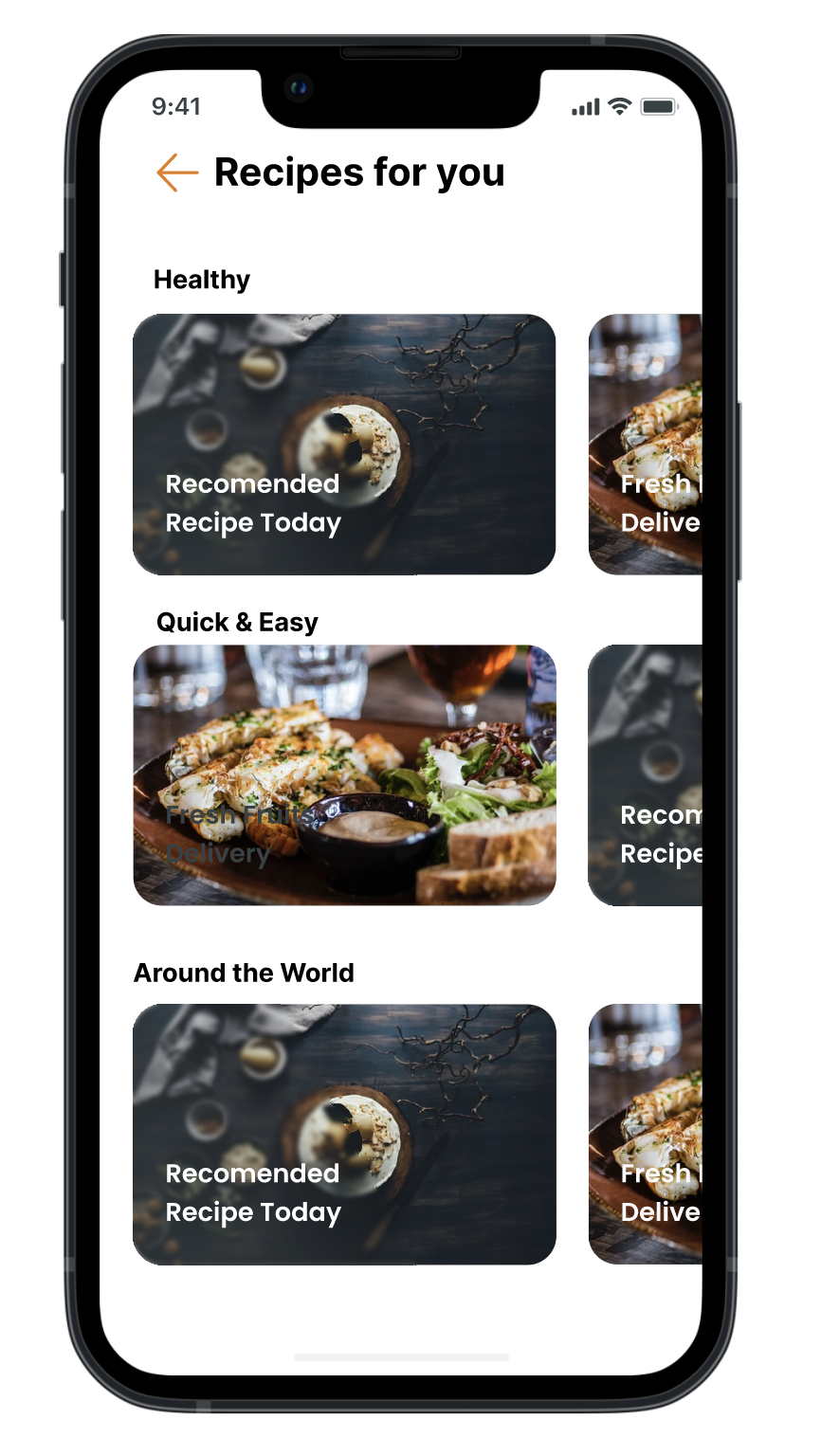Northwestern University UX Design + Institute for Sustainability & Energy Courses | Independent Study
Shop to Table
Problem Statement
Design a mobile solution that helps users make smarter grocery and meal-planning decisions—supporting sustainability, health, and cost savings—especially in response to shifting household behaviors during the COVID-19 pandemic.
The Accomplishments
-
Identified opportunity space through qualitative interviews, secondary research, and problem definition tied to food waste and pandemic-related behavior shifts
-
Developed a user-centered solution combining grocery planning and meal recommendations to reduce food waste and promote sustainable shopping habits
-
Designed an experience that dynamically adapts to pantry inventory, recipe preferences, health goals, and shopper behaviors (e.g. organic vs. conventional food)
-
Created app wireframes and high-fidelity mockups with intuitive flows across two modes: ‘Shop’ (store-specific planning and discounts) and ‘Table’ (inventory-based cooking and health insights)
-
Anchored solution in service design thinking, promoting long-term sustainability through behavior change around consumption and overbuying
The Result
An end-to-end product concept for a sustainable lifestyle app that blends affordability, health, and environmental values into everyday food decisions—designed for relevance during and after the pandemic.
Project Gallery













